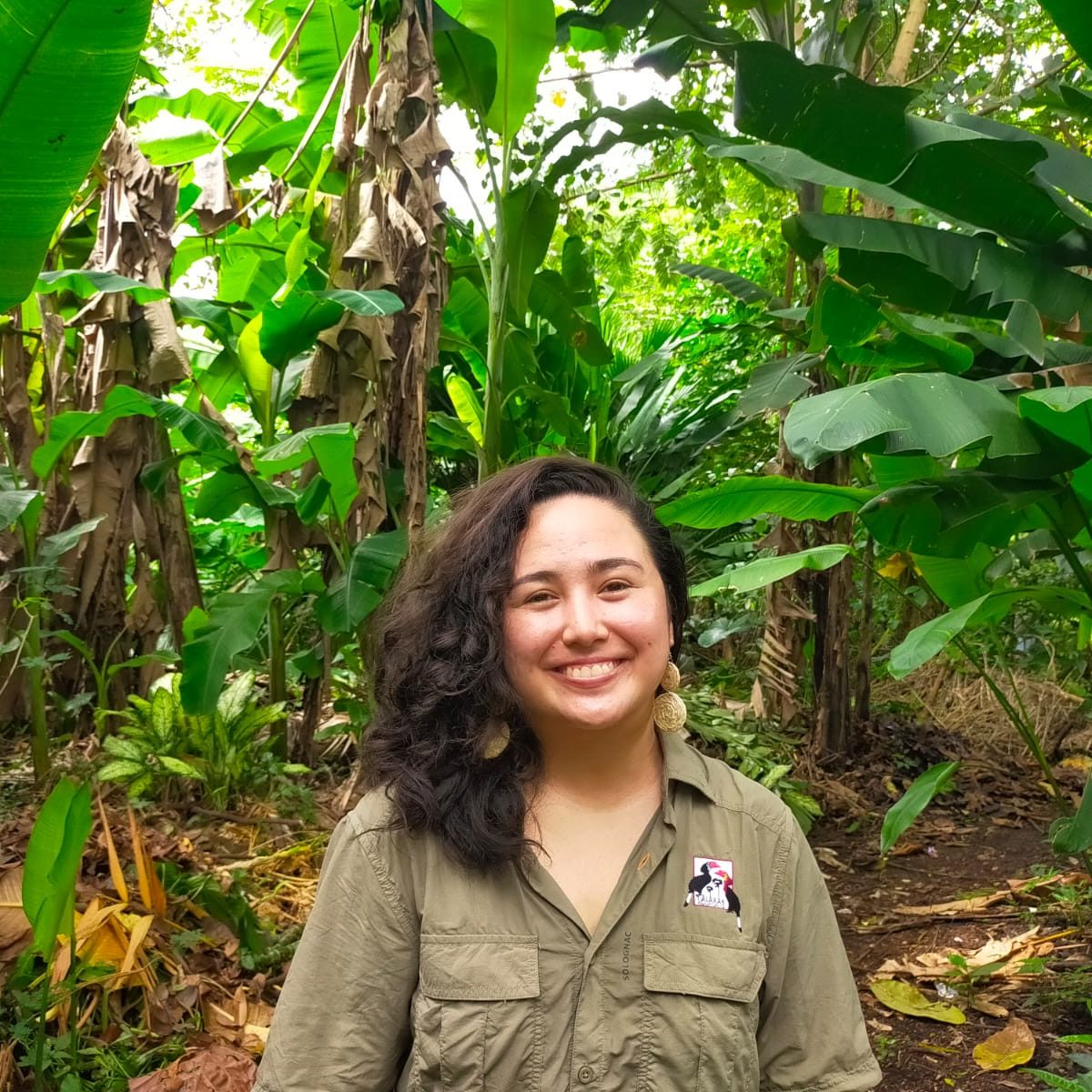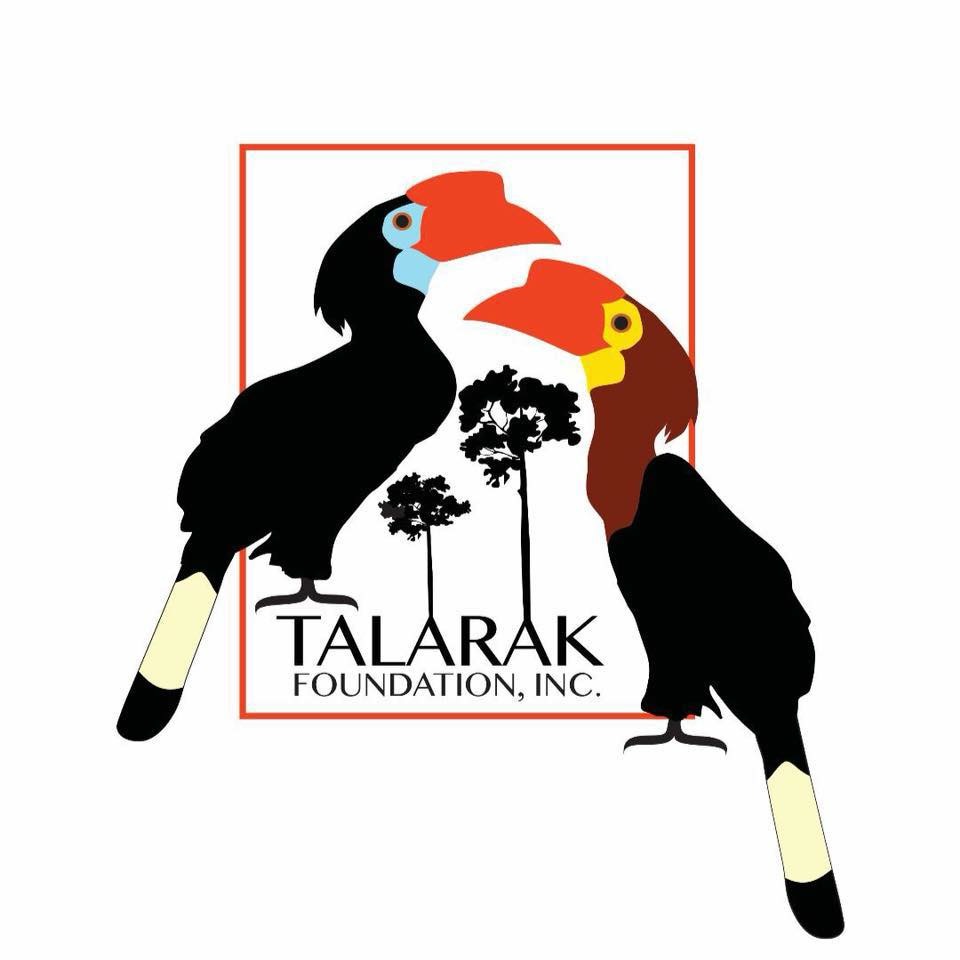Ysabella Montano Ward
About yourself
I am the In Situ Project Manager at the Talarak Foundation Inc., responsible for the scientific research and field conservation activities we do on Negros Island, Philippines. My work interests lie mainly around conservation research, especially telemetry and spatial ecology. However, I also like to train and teach my junior colleagues with GIS and techniques that I have learned so they can develop their conservation skills.
Which ASAP species you are working to conserve, and can you tell us a little about your work?
My foundation works with the most endangered endemic species of the West Visayan Faunal Region of the Philippines. Using captive breeding, community education and scientific research to try to restore their populations in the wild. The ASAP species we work with are the Negros Bleeding Heart Dove, Rufous Headed Hornbill and Visayan Warty Pig, all species endemic to our faunal region, housed in captive populations at our breeding centers, and severely threatened on the island of Negros.
Right now, we have successful breeding populations for each of our ASAP species, but since the start of 2020 we have also been working on filling data gaps and trying to restore the wild populations of these species. To this end, we have begun a reintroduction of the Visayan Warty Pig in our Bayawan Nature Reserve, Negros Island, and we hope to reintroduce the other two ASAP species in the near future.
What inspired you to start a career in conservation?
I have always been interested in animals, especially protecting the endemic animals of the Philippines. I studied for an undergraduate in Life Sciences in order to pursue a career in wildlife conservation. But after graduating I was disheartened to see how little people cared, and how rare opportunities were, around wildlife conservation in the country. Because of this I had to go abroad to build my skills and experience. This is where I was able to really study Endangered Species Recovery and realized that this was what I wanted to do for Philippine wildlife.

How do you think the Women in Conservation Leadership Programme will help you in carrying out your work?
The Women in Conservation Leadership Programme is helping to achieve my career goals by giving me much greater experience, network connections and skills in leadership and project management. This programme has helped me to open up more and become more independent when planning or discussing projects, but also provided an opportunity to build a network of people that can support each other in this field across the region in the pursuit of conservation for the most endangered and under-represented animals.
This programme has also helped my current project goals through improving the way I, and my team, are able to think about and achieve project design tasks. Creating goals, objectives, and outputs, using SMART techniques, and evaluating the projects operations and effectiveness. All of these are vital processes for a successful project to start upon and the Women in Conservation Leadership Programme has helped me to understand and implement these strategies within my own foundation and our projects.
Ysabella participated in Phase 1 of WiCLP .

